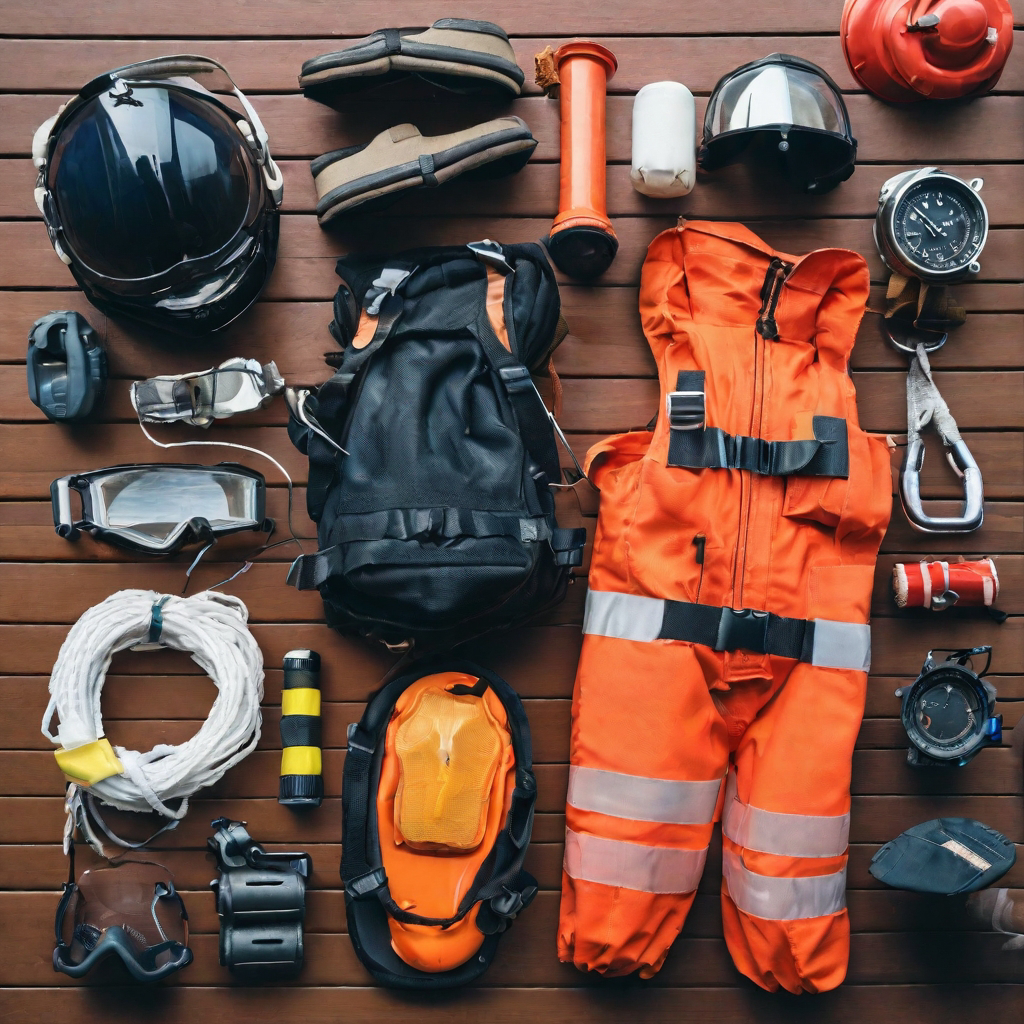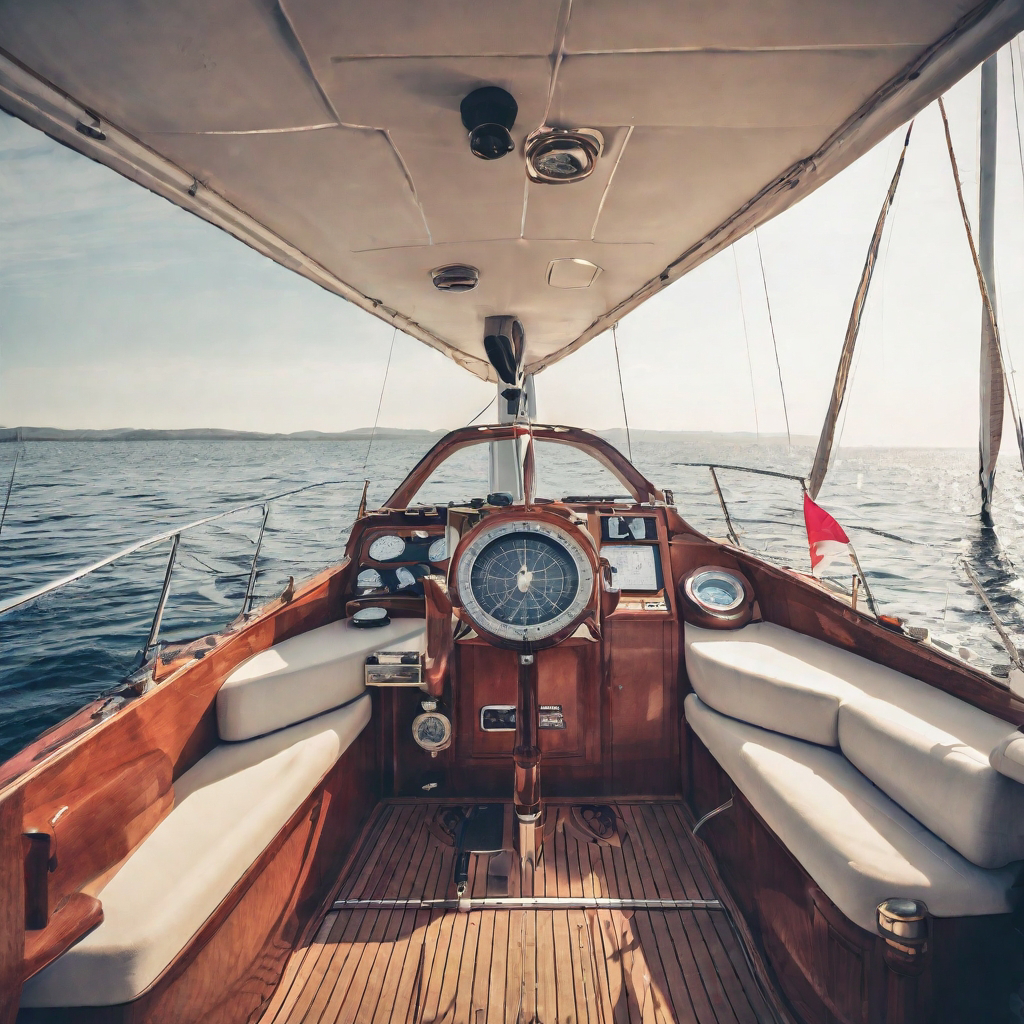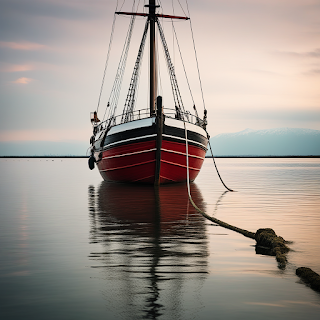Safety gear for yachting: a basic review
Safety gear is an essential aspect of yachting to ensure the well-being of everyone on board. Here are some key safety gear items that should be on a yacht:
1. Life Jackets: Also known as personal flotation devices (PFDs), life jackets are crucial for every person on board, especially those who are non-swimmers or less experienced in the water. Ensure that life jackets are the appropriate size for each individual and readily accessible in case of an emergency.
2. Fire Extinguishers: Yachts should be equipped with appropriately sized and properly maintained fire extinguishers. They should be strategically placed in accessible locations and regularly inspected to ensure they are in working order.
3. First Aid Kit: A well-stocked first aid kit is essential to handle minor injuries and medical emergencies that may occur on board. The kit should include items such as bandages, antiseptic solutions, adhesive tape, pain relievers, and any necessary medications.
4. Emergency Signaling Devices: These devices are used to attract attention and call for help in case of an emergency. Common emergency signaling devices include flares, distress signals, whistles, and signaling mirrors. Familiarize yourself with the proper use of these devices and keep them easily accessible.
5. Safety Harnesses and Tethers: Safety harnesses and tethers are used in rough weather conditions or during offshore passages to prevent crew members from falling overboard. They are attached to strong points on the yacht, providing a means of securing oneself while moving around the deck.
6. Navigation Lights: Ensure that your yacht has proper navigation lights installed and in working condition. These lights help other vessels identify your position, direction, and status at night or during times of reduced visibility.
7. Bilge Pumps: Bilge pumps are used to remove water that may accumulate in the bilge area of the yacht. It is essential to have functioning bilge pumps to prevent flooding and keep the yacht afloat in case of a leak or other water-related issues.
8. VHF Radio: A VHF (Very High Frequency) marine radio is an essential communication device for yachting. It allows you to communicate with other vessels, marinas, and emergency services. Ensure you know how to operate the radio and have a clear understanding of the distress protocols.
9. Safety Lines and Jacklines: Safety lines and jacklines are important for securing yourself to the yacht while on deck. They provide a means of moving around the boat while reducing the risk of falling overboard. Proper installation and use of safety lines and jacklines are essential for crew safety.
10. Throwable Flotation Device: A throwable flotation device, such as a life ring or buoyant cushion, is useful for providing flotation assistance to a person in distress in the water. It should be easily accessible on deck.
Regular maintenance and inspection of safety gear are vital to ensure that all items are in good working order. Additionally, it's important to familiarize yourself and your crew with the location and proper use of all safety gear on board. Being prepared and equipped with the necessary safety gear will help mitigate risks and ensure a safer yachting experience.




Comments
Post a Comment